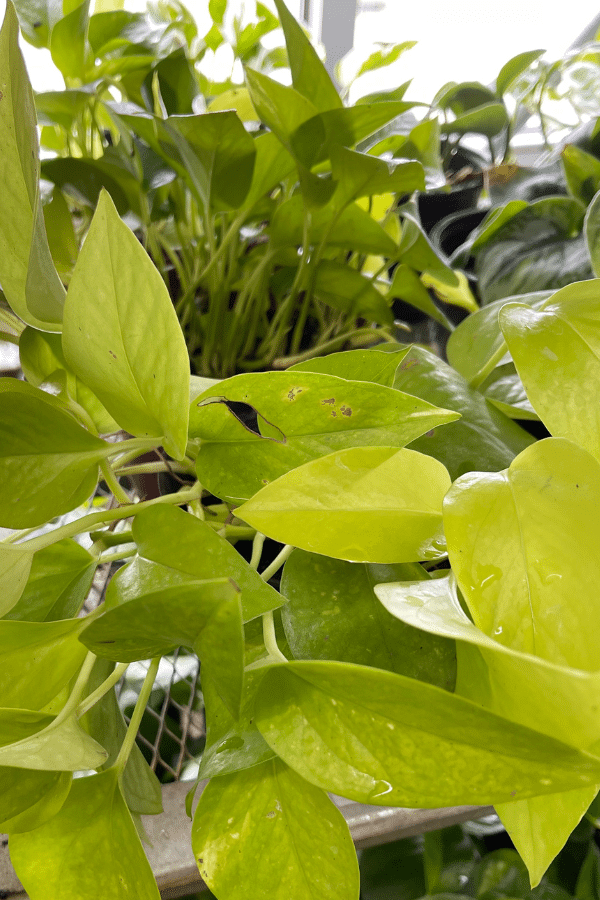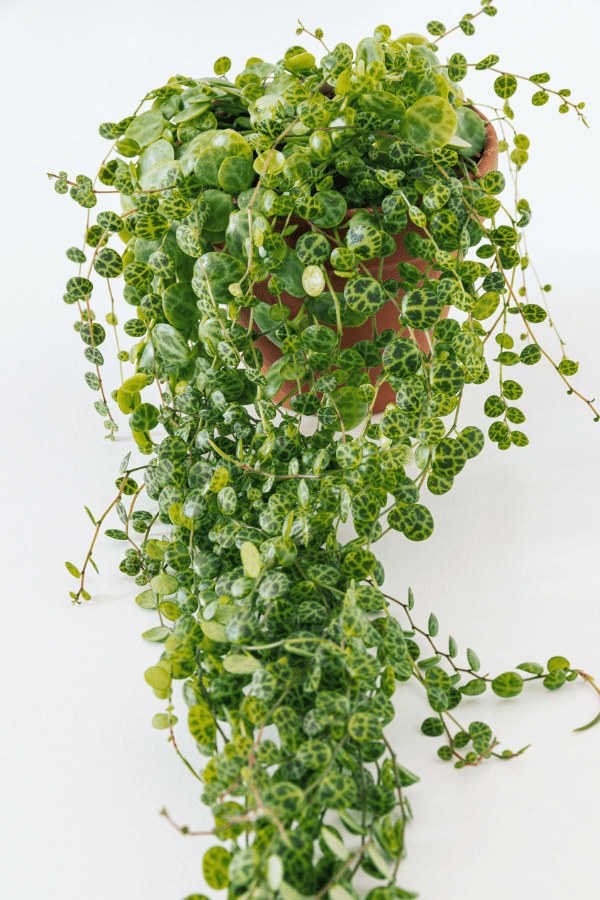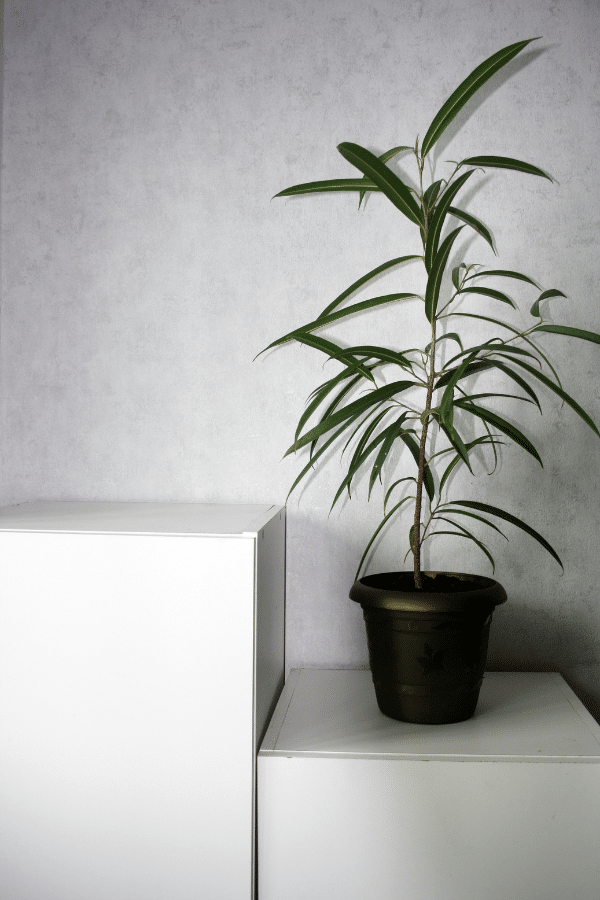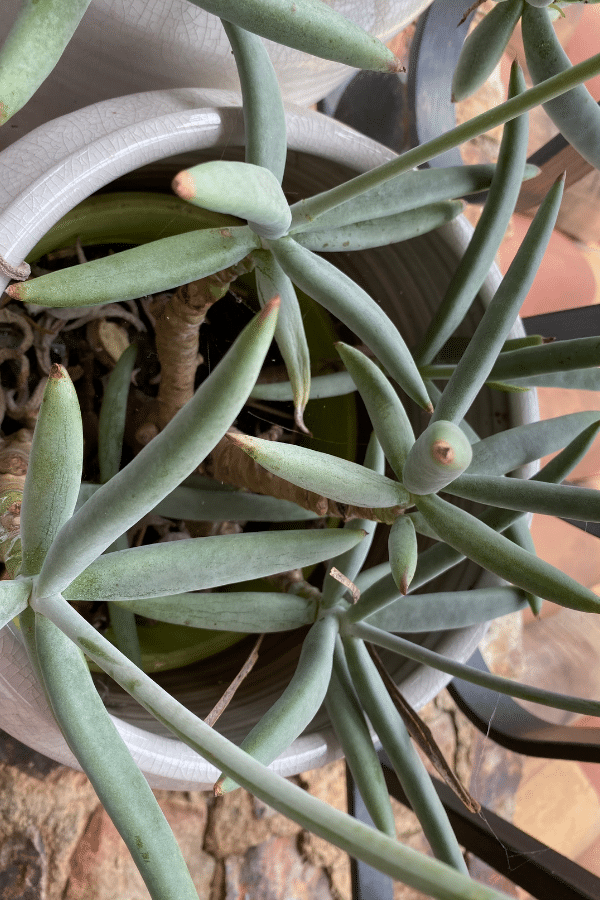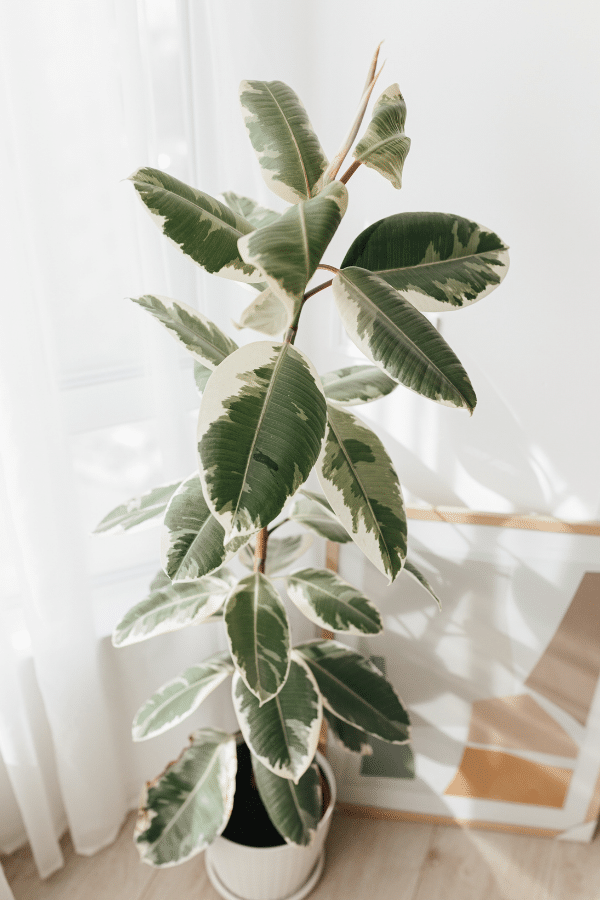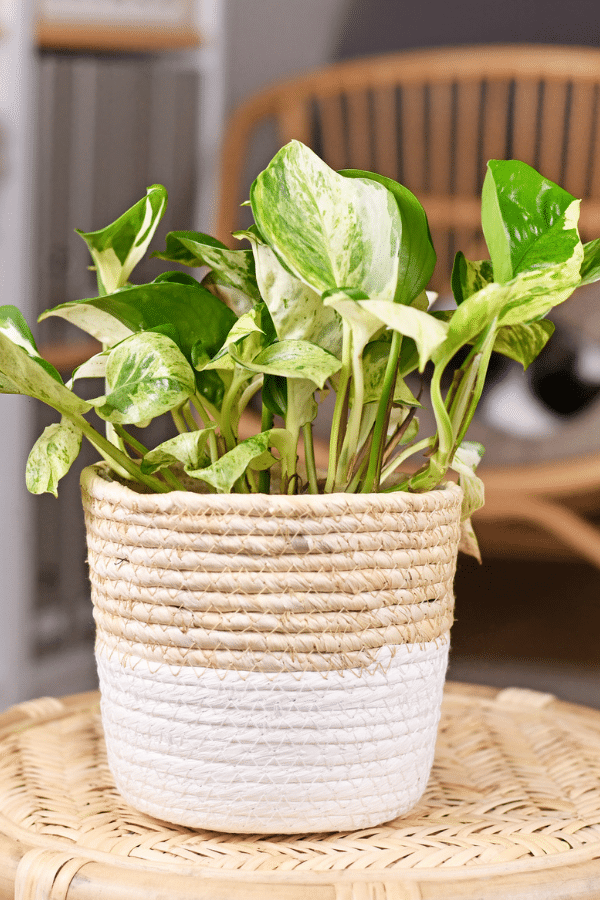Philodendron Verrucosum
Scientific Name: Philodendron Verrucosum
Common Name: Ecuador Philodendron
The Philodendron Verrucosum is a gorgeous, velvety, and colorful Philodendron that will bring vibrancy to your plant collection. Being a tropical plant, the Philodendron Verrucosum care can be a bit of a challenge and will require a bit of extra attention and care. However, growing the Philodendron Verrucosum is a perfect and rewarding challenge for plant lovers. Keep reading this ultimate Philodendron Verrucosum care guide to see if you should bring this plant home.
Quick Care Overview
| Common Name | Ecuador Philodendron |
| Scientific Name | Philodendron Verrucosum |
| Family | Araceae |
| Origin | Ecuador |
| Growth Rate | Medium |
| Identification | Velvety dark green heart-shaped leaves |
| Height | Up to 3 feet tall |
| Soil | Loose, well-aerated soil |
| Water | Water after the top two inches of soil have dried |
| Temperature | 68-75F |
| Sunlight | Low to moderate indirect sunlight |
| Toxic to Cats & Dogs | Yes |
| Toxic to Humans | Yes |
| Pests | Mealybugs, spider mites |
| Diseases | Root rot |
Below we will dive deep into how to care for Philodendron Verrucosum.
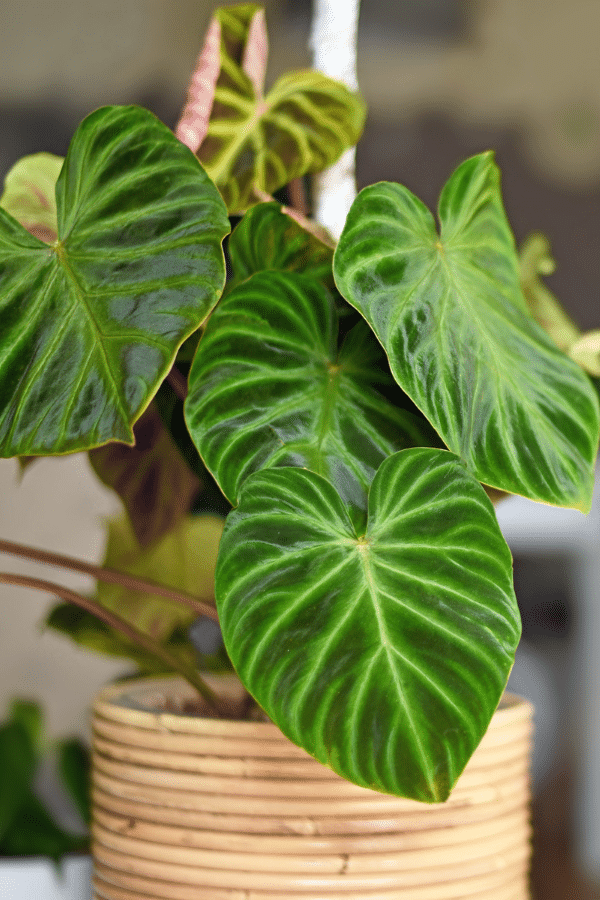
Philodendron Verrucosum History
The Ecuador Philodendron or Philodendron Verrucosum is a gorgeous, velvety, and colorful Philodendron that will bring vibrancy to your plant collection. Being a tropical plant originating in the Ecuadorian rainforest, this Philodendron requries a bit more of care and attention.
Philodendron Verrucosum Identification
This plant has a climbing habit with velvety dark green heart-shaped foliage with light green veining. Leaves appear light green at first and then become a deep green and fade into a deep burgundy color as the leaves mature.
Philodendron Verrucosum Growth Facts
Quick-growing and moderately fussy, this Philodendron will appreciate having a moss pole to climb up or a nice mantle to sprawl on and be left to grow and trail.
How Big Does a Philodendron Verrucosum Get?
The Philodendron Verrucosum can get as big as three feet in length when grown as a houseplant.
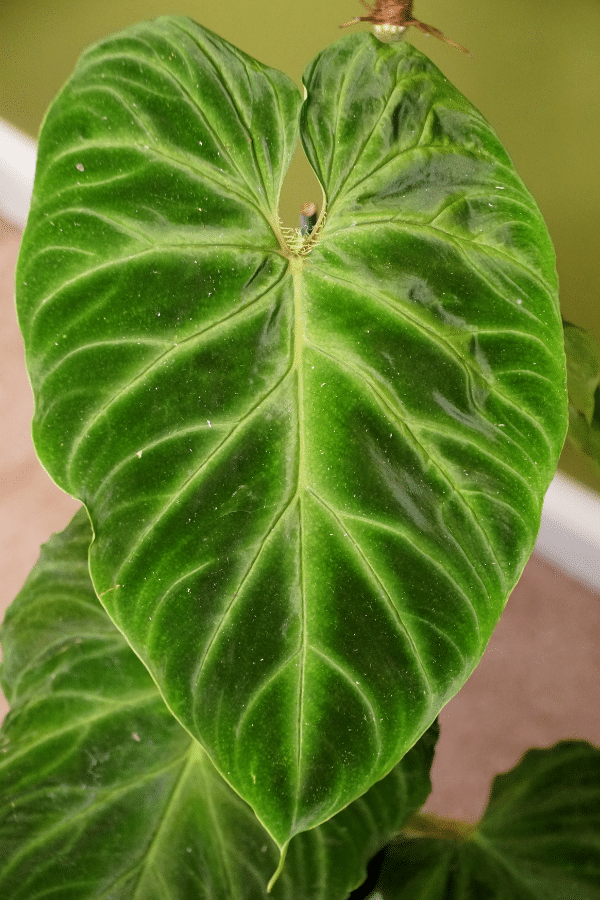
Philodendron Verrucosum Care
Philodendron Verrucosum care needs more expertise than a traditional houseplant. So consider getting this plant if you have some experience with houseplants.
Philodendron Verrucosum Soil
The soil for Philodendron Verrucosum requires a light and airy mix with proper aeration and water retention capacities. An aroid mix of coco coir, orchid bark, perlite, and sphagnum moss will be a perfect mix for this plant. Alternatively, a standard ABG mix may be utilized.
Philodendron Verrucosum Fertilizer
The Ecuador Philodendron will appreciate feeding from a graded aroid fertilizer monthly during the growing season. However, do not feed in fall or winter. Follow all label instructions to avoid damage caused by overfertilization.
Philodendron Verrucosum Watering
These Philodendrons require consistent moisture, being tropical jungle natives, but will not enjoy being overly saturated with sitting water. Therefore, proper drainage is of utmost importance. These plants should be watered after the top two inches of soil has dried. If underwatered, these plants will quickly lose their leaves and yellow. Depending on growing conditions, this Philodendron will likely need to be watered about two times weekly during the warm growing season. However, in winter, this frequency may be reduced to about bi-monthly. Overwatering can cause significant damage, such as root rot, so ensure that you are not overwatering.
Philodendron Verrucosum Light Requirements
This plant is a forest floor climber in its natural habitat that receives dappled sunlight. This allows this plant to be a perfect choice for low-light conditions when cultivated indoors. However, this Philodendron will grow at its best when having moderate, indirect light. Do not allow this plant to be left in direct sun, or its velvety leaves will scorch quickly.
Philodendron Verrucosum Temperature & Humidity
This plant thrives in average indoor temperatures between 68 to 75 degrees Fahrenheit. However, this plant needs a very high humidity level to succeed, around 90% – this is significantly higher than average household humidity. Therefore, keeping this plant in a terrarium, bathroom, or investing in a humidifier or pebble tray is a must for this plant. At a minimum, humidity levels should be at 60% for the Philodendron Verrucosum.
Repotting Philodendron Verrucosum
This plant enjoys having ample room for its roots to grow and will enjoy larger pots that allow for excellent drainage. This Philodendron should be repotted every year or two, or whenever you see roots poking out from drainage holes, whichever one comes first. To repot, remove the plant, select a container that is 1-2 sizes bigger, plant the root ball, and surround it with soil. Lightly tamp, water thoroughly, and keep in indirect light.
Philodendron Verrucosum Maintenance & Pruning
The Philodendron Verrucosum does not require pruning. However, to make your plant’s size more manageable, you may trim above the nodes with sharp, clean shears to encourage lush growth. Dead and discolored leaves may also be removed periodically.

Philodendron Verrucosum Propagation
Propagation of the Philodendron Verrucosum is done by taking stem cuttings. Simply cut a piece of stem that is several inches long that has several sets of leaves. Remove the bottom sets of leaves and stick into water until roots develop. Alternatively, stick directly into soil and keep it moist.
Philodendron Verrucosum Toxicity
The Philodendron Verrucosum should never be ingested as it will cause mild digestive problems and irritation, although it is likely non-fatal. Do not let children or household pets ingest this plant.
Toxicity to Humans
This Philodendron is considered toxic to humans and should not be consumed.
Toxicity to Cats & Dogs
Like many other Philodendrons, Philodendron Verrucosum is considered toxic to cats and dogs and should never be ingested. If you suspect ingestion has occurred, contact your veterinarian or animal poison control immediately.
Philodendron Verrucosum Problems
Philodendron Verrucosum Leaves Turning Yellow
Yellowing of the foliage is a prevalent sign of overwatering with this Philodendron. It may also be a sign of inconsistent watering, or improperly draining substrate.
Philodendron Verrucosum Leaves Turning Brown
Overfertilization is the number one cause of leaves turning brown with this Philodendron. Additionally, brown tips are a sign of too much direct sunlight.
Philodendron Verrucosum Diseases
This plant is considered generally disease resistant. However, improper drainage and overwatering may lead to bacterial and/or fungal disease. Ensure that your plant has proper drainage.
Philodendron Verrucosum Pests
While largely pest-resistant, this Philodendron is occasionally susceptible to infestation from common houseplant pests such as spider mites, mealybugs, and more. Upon identification of infestation, isolate your plant and treat it with a pesticide. Follow all label instructions to treat the insect problem correctly.
FAQ
Why Is My Verrucosum Drooping?
If the plant is suffering from root rot, it can result in drooping leaves. To check if it’s root rot, dig deep into the soil to look at the roots. If they are brown, mushy, and very wet, it’s likely your plant is suffering from root rot and you should replant immediately.
What Is a Philodendron Verrucosum Mini?
The Philodendro Verrucosum mini is a Philodendron Verrucosum that the leaves stay under five inches. To put it simply, it is literally a mini Philodendron Verrucosum.
How Do You Identify a Philodendron Verrucosum?
Philodendron Verrucosum can be identified by its velvety emerald green, heart-shaped large leaves with white to light green veins. As the plant matures, the color of the leaves will become a deep green and then a deep burgundy color.

